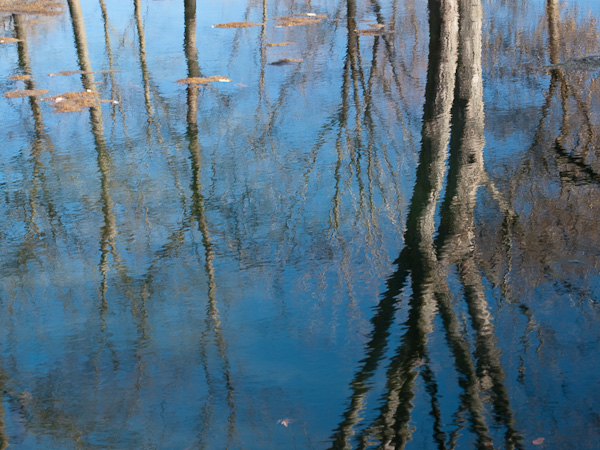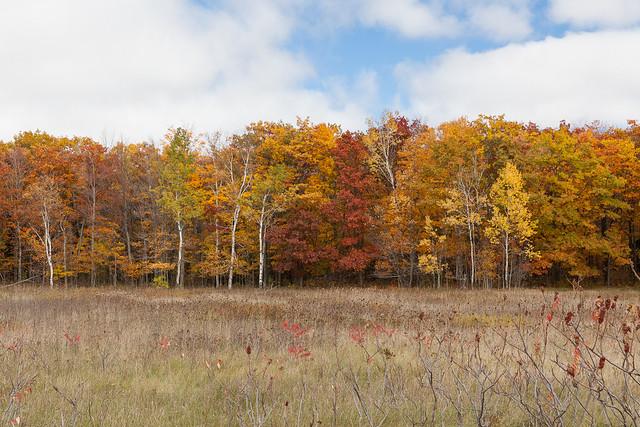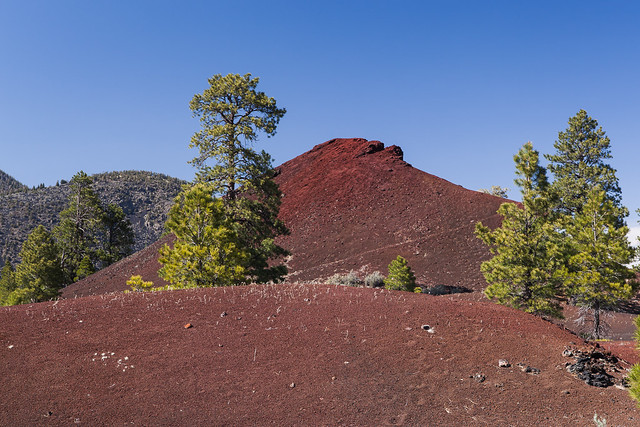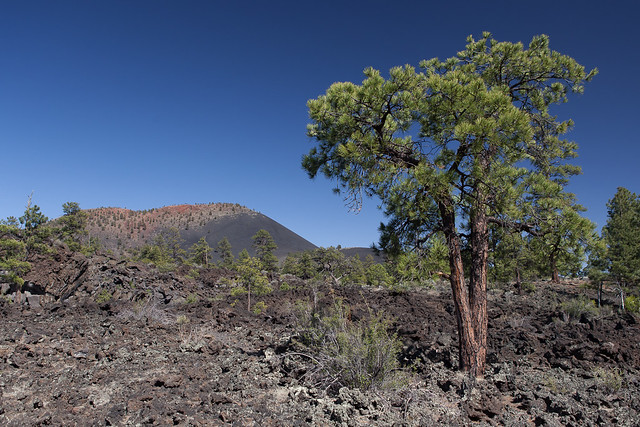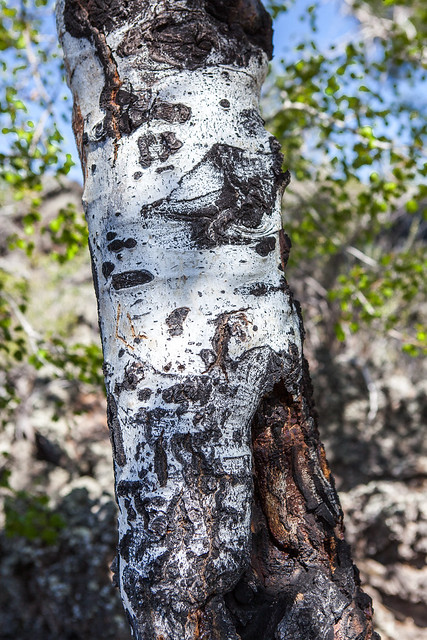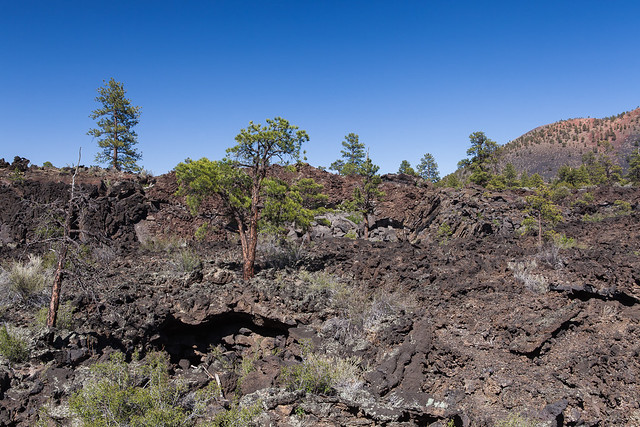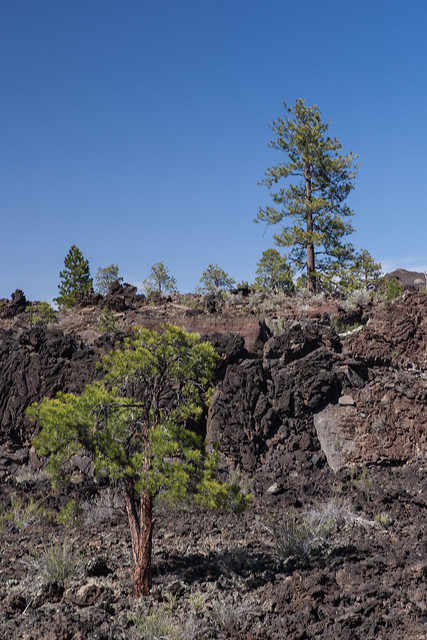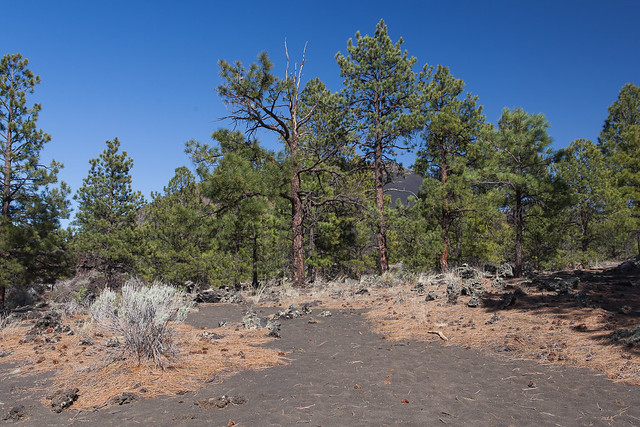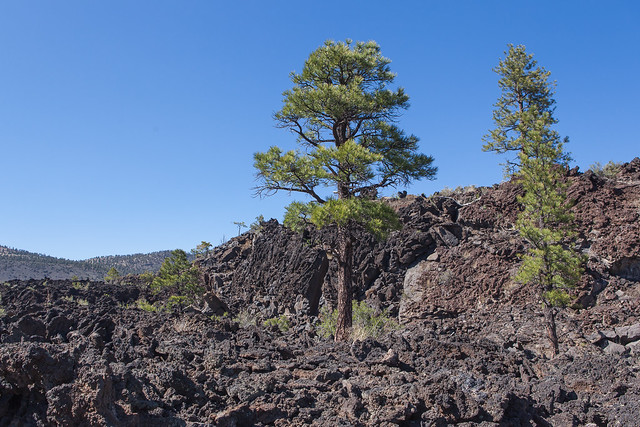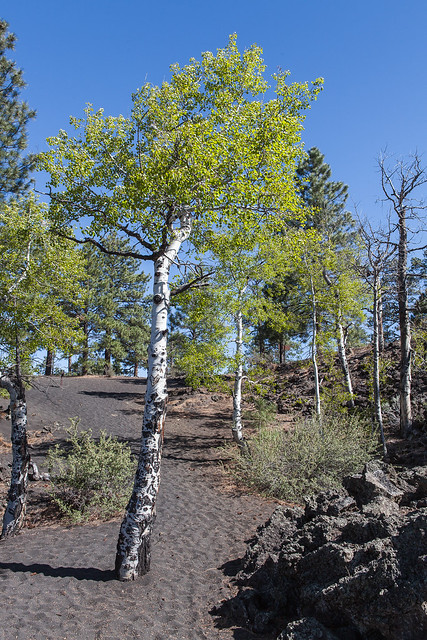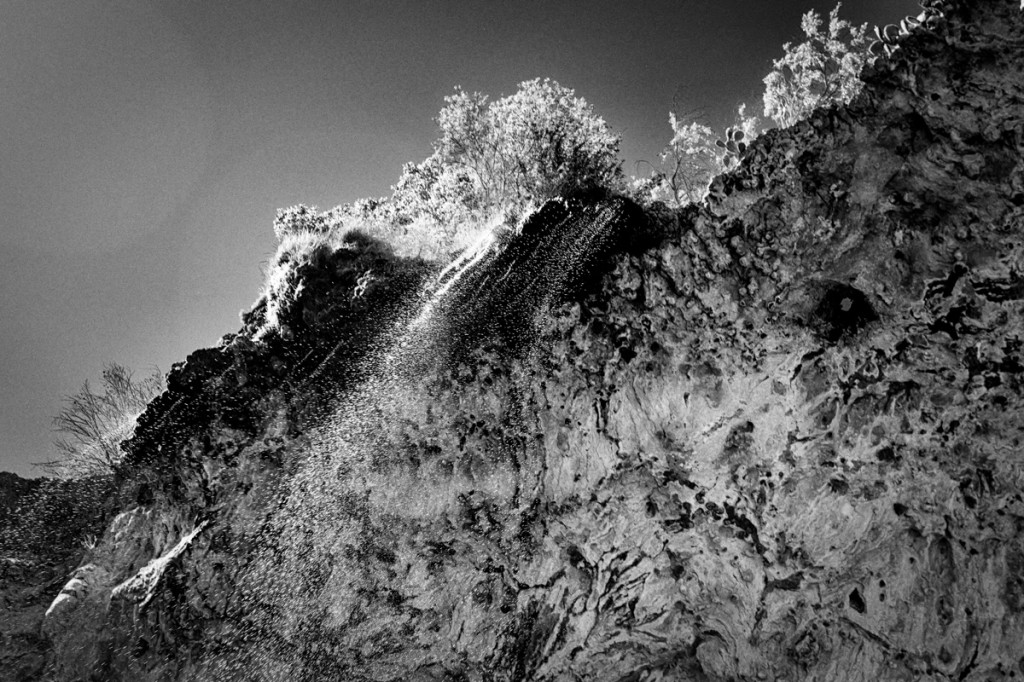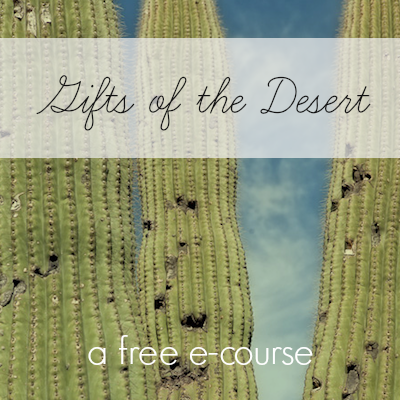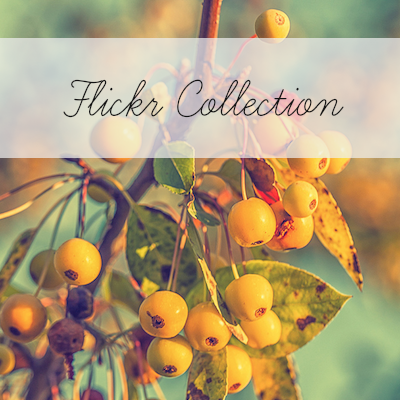There is a photograph tacked upon my wall.
A photograph of the Sugar River.
If, by magical means, you could reach your hands through the print,
you could dip your hands in cool, running river-water, cold from autumn’s breath.
Then you’d pull your hands from the river through the frame, and be back in my room,
shaking droplets from your fingers, wiping dampness on your jeans.
I look at the photograph through creator’s eyes.
The reflection of two trees in the foreground, their trunks slender, their upside down branches split,
and I name them Tree Walkers.
Slipping through the photo paper, I stride along the river’s circuitous route
Tree Walkers at my side, my companions.
All is never what it seems and
what I need shows up in odd, inexplicable ways.
Today I have no need of clean hands, but I do need to travel with Tree Walkers.
